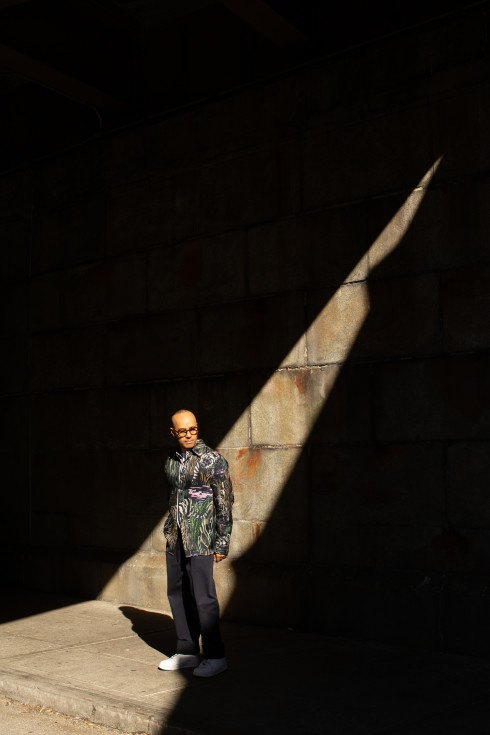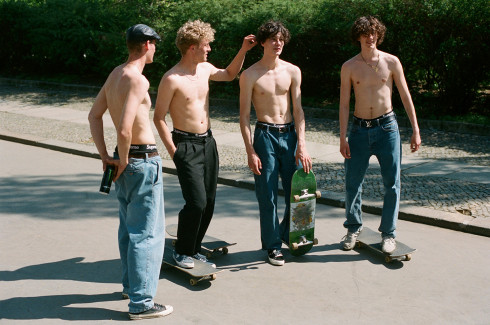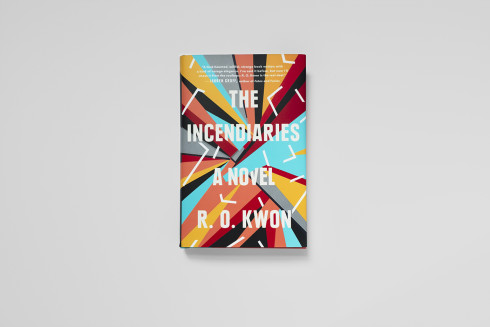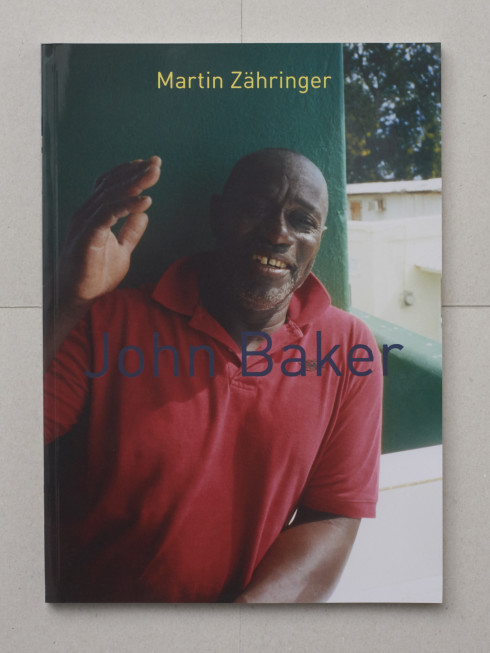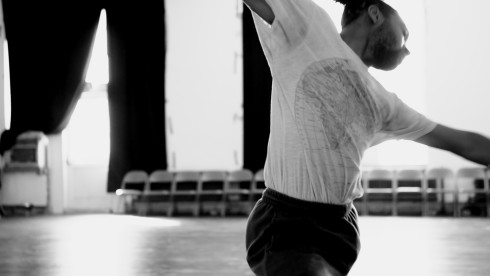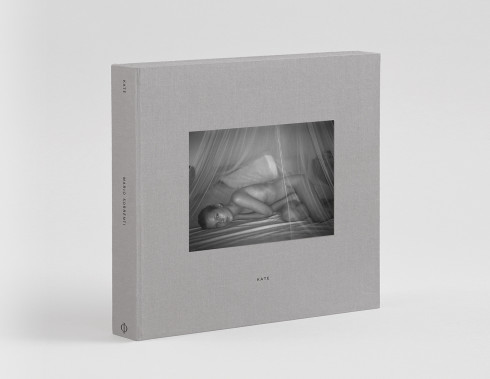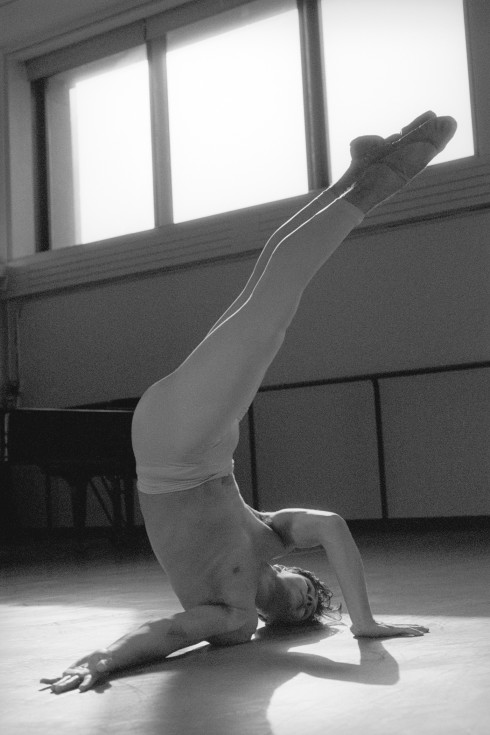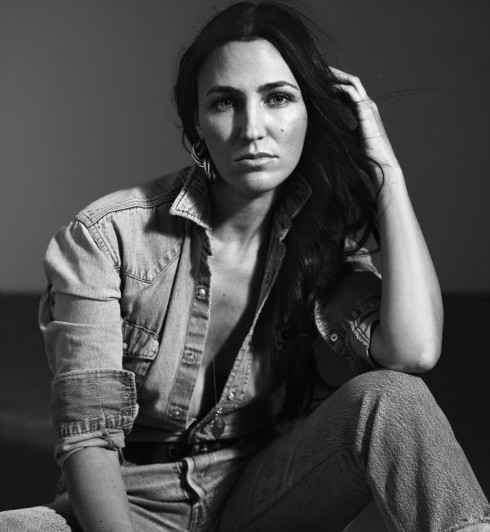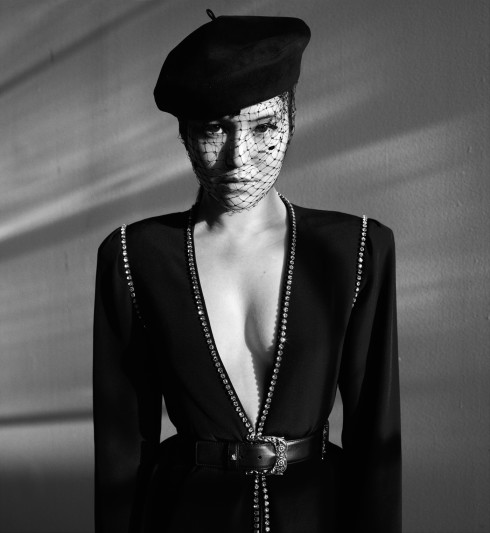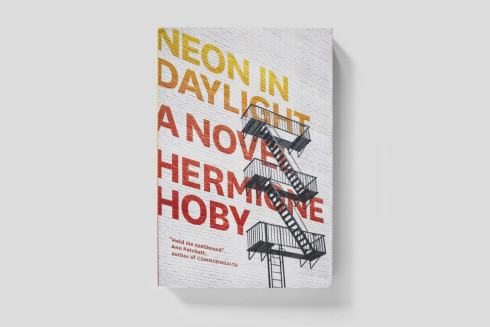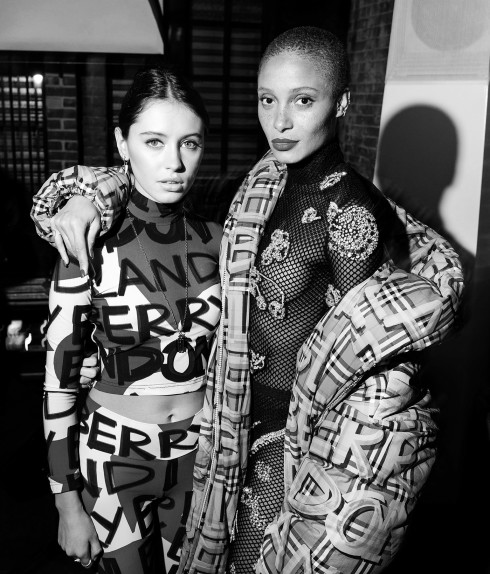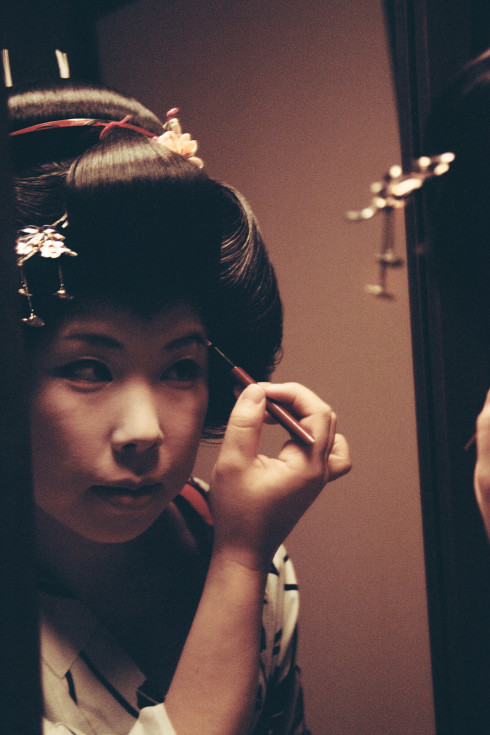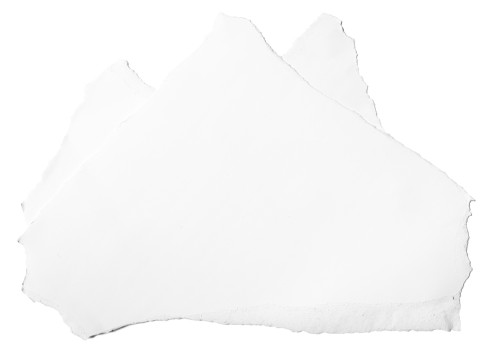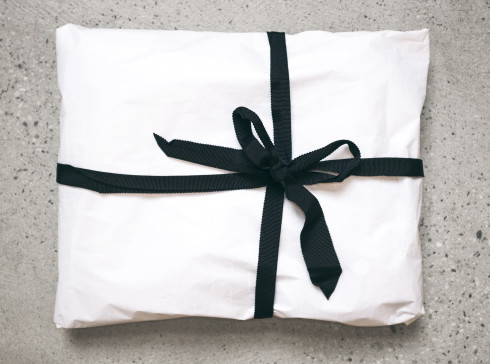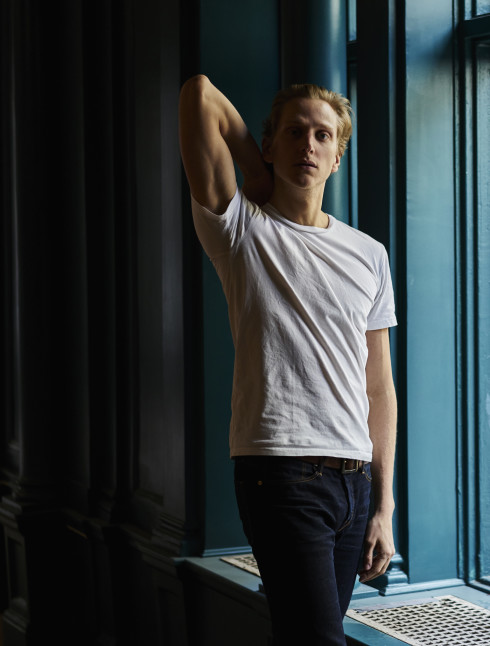PROENZA SCHOULER STORE
In selecting architect David Adjaye for their first retail space, Proenza Schouler’s Jack McCollough and Lazaro Hernandez were attempting to chisel their own progressive framework into Manhattan’s stiff Upper East Side. The outpost, they say, was meant to be “the antithesis of a slick, high-gloss Madison Avenue store,” and Adjaye, whose rise to fame is rooted firmly in the dissolution of cultural boundaries, was seen as the ideal mediator.
In essence, Adjaye tinkers with the art of subtle persuasion, opting for dialogue where concession may be the easiest path. His ongoing work at the National Museum of African American History and Culture purports to express the narrative of America’s racial identity through contrasted spaces—restraining and releasing, compressing and expanding. In the same regard, his Idea Stores, found in London’s Poplar and Whitechapel neighborhoods, are porous and communal. They’re intended, ultimately, to dissolve class boundaries by moving people through space. In this, he sees his work as purpose-driven and apolitical, and he argues that his buildings’ shapes are inherently subject to the visible and invisible components of their environment.
Of course, Proenza Schouler is a luxury outfit, and its location on Madison Avenue at 68th Street is—save some long-past, now-forgotten cries of gentrification—hardly ground for political debate. It’s fitting, then, that the design feels intended to exist on its own plane. The entrance is sliding glass, and it exposes an interior of seemingly incommunicable components: speckled stone, finished wood, exposed pipes, cactuses, and glass overhangs, split by theme between the first and second floors. Like Adjaye’s work on the nearby home of art collector Adam Lindemann, who called upon the Tanzanian-born architect to build a hidden escape that unveils its grandeur upon entry, Proenza Schouler is empowered by its solidarity—a freestanding environment for a freestanding brand.
Fans of the designers lean more toward the youthful perplexity of southern Manhattan, but north, they say, is where the buying power lies. The structure plays to both. The ground floor is cavernous, wood-lined from floor to ceiling, with patterned gaps that expose a brick exterior. Visitors, upon entry, are absorbed. The stairwell, found deep in the back, is speckled concrete—high-brow industrial, really—that carries through the second floor. There, the wood has disappeared, save the slats that expose and support the piping running through the ceiling. The street front window is set back from the exterior, replaced by glass with a gap to expose the ground floor, the disparity between the two apparent.
For a brand that puzzled its fans by its selection of location, Adjaye’s decisions feel almost like an explanation. The space is refined and expensive, a concession to the tradition-bound surroundings, but the components are at once erratic and perfectly in-tune. Some might argue that the clothes, almost absorbed into the structure, play the same game—strongly contemporary, with an almost futuristic undertone, but ultimately perfectly crafted plays on current trends. Together, the brand and the space provide a refreshing level of vitality. And in pulling visitors inward, off of the street and into the offset space, they seem entirely aware of it.
Proenza Schouler is now open at 822 Madison Avenue, New York.
Photography by Dean Kaufman, courtesy of Proenza Schouler.
